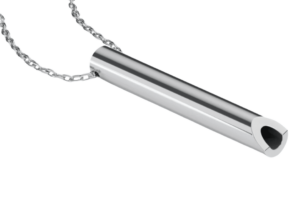
Overall, there are three important facts to consider when buying organic food for meals. They are using organic produce and dairy products, foods with organic food colorings, and grass-fed or free-range poultry, meats, and fish in your meals.
Produce and Dairy Products
Organic fruits and vegetables have lower levels of pesticides and chemicals used to manage insects. This makes them safer to eat. They have more nutrients and vitamins. Weeds are controlled when growing crops using crop rotation, hand weeding, mulching, and tilling. Farmers use natural pesticides, birds, and insect traps to control pests.
Some fruit and vegetables have higher levels of pesticides when grown the regular way. Buying organic apples, bell peppers, cucumbers, celery, potatoes, grapes, cherry tomatoes, squash, collard greens, nectarines, peaches, spinach, strawberries, and hot peppers cuts down on your exposure to high pesticide levels.
Most supermarkets carry organic fruits and vegetables. Look carefully at labels when you shop. Shop at farmers markets where produce is locally grown, join a food coop, or community-supported farm. Buy fruit and vegetables in season because they are the least expensive. And of course, always wash fruits and vegetables well before eating or cooking.
Organic dairy products have more nutrients and the animal are grass-fed and allowed to roam freely. Farmers do not give animals hormones and chemicals to speed growth or produce faster results. This improves the quality of the food.
Food Coloring
Organic food color used in organic foods come from fruits, vegetables, plants, and minerals. They are obtained and used by chemical or physical extraction. Organic food colors are used by companies that produce organic food and in cooking. They come in the form of pastes, liquids, powders, and gels.
When youbuy organic food products check for organic food coloring on the label. Check canned goods, frozen, dairy, and any product the comes packaged or canned. Some of the ingredients to look for annatto derived from the seeds of a tropical tree. It is added to cheese, jams, spreads, baked goods, and other processed foods.
Other ingredients to look for on labels are beetroot or betanin, carminic acid, chlorophyllin, carotenoids, curcumin, riboflavin, carbon black, and caramels. Many natural colors are used in drinks, sugar, jams, ice cream, yogurt, dairy products, meats, beverages, margarine, pickles, soups, cereals, desserts, and other food products. These ingredients are natural and better for your overall health.
Meats and Poultry
Organic meat and poultry are raised on farms that never use hormones, antibiotics, and animals by-products as feed. They are healthier animals that have the space to roam around and are fed healthy food.
When you shop look for labels that say grass-fed, no antibiotics, or hormones used. Most supermarkets carry organic meats, poultry, and seafood. Organic farms conserve water, reduce pollution, and soil erosion. The taste of organic meats and poultry shows through.
These are the three factors to consider when buying organic food for meals. Organic foods are more natural and better for your health. Always check labels for too much sugar, salt, and fat. Adding organic foods to your diet is a good way to start adding healthy foods to your diet.



